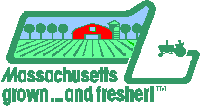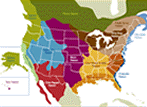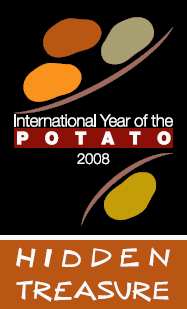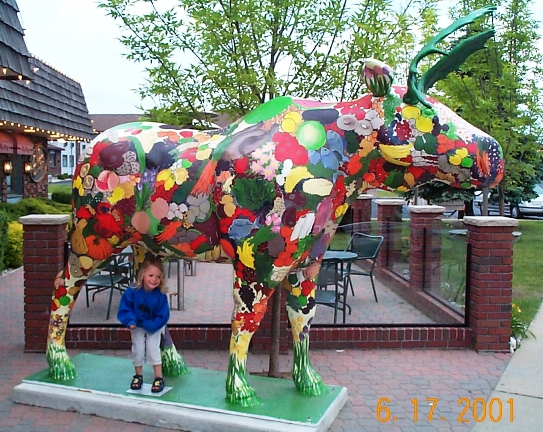James Hayes-Bohanan, Ph.D.
Updated February 6, 2012
Local is the new organic.
Welcome to my food page! I found that food was getting all over my web pages -- so to speak -- and I decided it was time to bring some of my varied food interests together in one place.
I had been thinking of this for a while, but a radio interview with Judith Jones was the final impetus. In "A Life in Food," Julia Child's first publisher explains the reasons I have become a "foodie" better than I can do. Take time to listen! I also highly recommend the film July & Julia, which is about blogging and food.
For me, good food is about enjoyment, health, the environment, and justice.
 |
I
live in a household with three people, a minpin,
and an undetermined number of blogs. We all love
food, study food, prepare food, and have
opinions about food. Much of this makes its way
onto the blogs.
Environmental
Geography is my "main blog" with close
to 500 entries (so far) on all things
geographic. This includes many posts about
food, especially coffee.
Nueva
Receta Cada Semana is a joint project with
Pamela Hayes-Bohanan, where we post at least one
culinary adventure a week. Our range is wide,
from thoughtful meals that use local, organic
ingredients to indulgences that would make Elvis
cringe. Fortunately, the former is by far the
more common. Wine pairings are often included,
as we are somewhat fixated on the wines of our
region.
Celebrating the States is another joint project that Pam and I produced throughout 2010. We celebrated the anniversary of each state's admission to the United States with film, literature, and food related to that state. Some of the culinary finds were amazing, and the whole project was rife with geography lessons! |
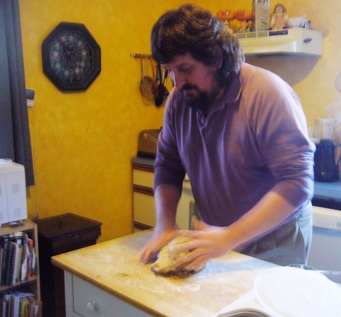
Lovin' our kitchen!
Food Page Sections
KITCHEN
CLOSE TO HOME
FAR AWAY
GREENWASH
SECURITY
RECIPES
MEANING

